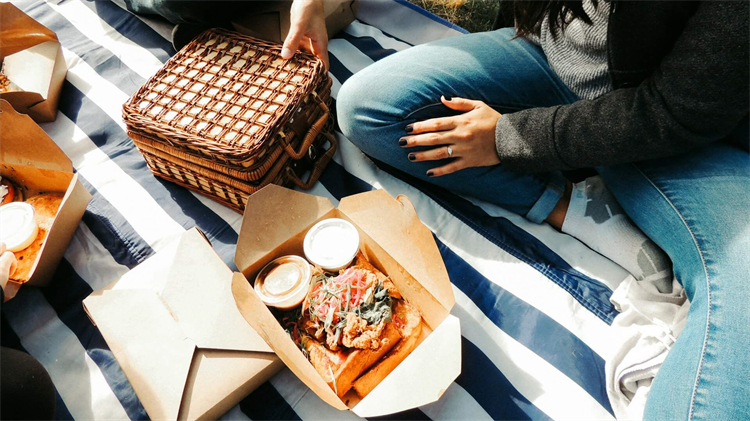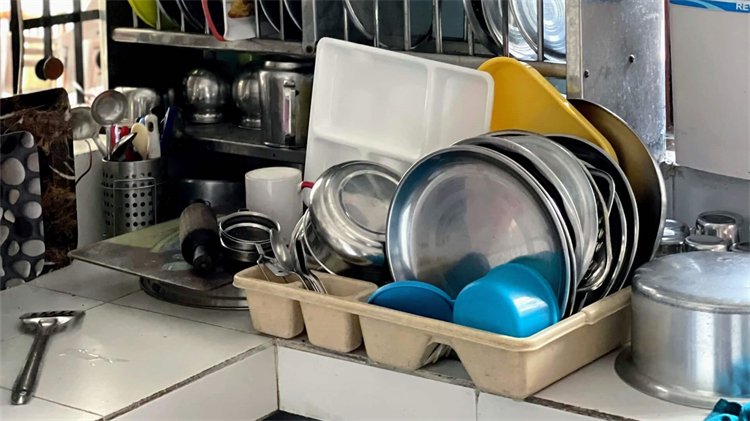
Top 10 Camping Plates of 2023: Perfect Companions for Campsite Cuisine
As we embark on a new era of outdoor exploration, the world of camping dinnerware undergoes fascinating transformations to meet the evolving needs and preferences

Camping is an adventure that beckons us to the great outdoors, where every piece of gear contributes to the overall experience. Among the crucial choices for campers is the selection of camping plates, and at the forefront of this decision is the debate between stainless steel and disposable options.
In this comprehensive guide, we’ll embark on a journey to unravel the merits and drawbacks of each, helping you make an informed decision that aligns with your camping style, values, and the environment.

As we delve into the merits of camping plate materials, let’s make a compelling case for stainless steel and unravel the unique benefits it brings to outdoor dining experiences.
As we explore the diverse options for camping plates, let’s turn our attention to the practicality and convenience offered by disposable alternatives, examining their unique appeal for outdoor enthusiasts.

When it comes to selecting the right camping plates, understanding the financial aspects is crucial. Here’s an in-depth exploration of the cost considerations associated with both stainless steel and disposable options.
Contrasting the Upfront Cost
Analyzing Financial Implications for Various Budgets
Calculating Cumulative Costs Over Multiple Camping Trips
Evaluating the Economic Aspects of Each Option
Understanding the cost considerations allows campers to align their plate choices with their budget, preferences, and the frequency of their outdoor adventures.
Whether opting for the enduring quality of stainless steel or the affordability of disposables, campers can make informed decisions that suit their financial parameters and camping expectations.

As we delve into the realm of camping plates, our focus shifts to environmental considerations, prompting us to take a closer look at the impact of various materials and choices on our planet.
The environmental impact of disposable plates is undeniable. Single-use plates contribute significantly to waste generation, filling landfills and posing a threat to ecosystems. In contrast, stainless steel plates, when properly cared for, can last for years, minimizing the overall waste footprint associated with camping.
The manufacturing processes of disposable plates are resource-intensive, utilizing materials like paper, plastic, or foam. These processes contribute to deforestation, pollution, and energy consumption.
Stainless steel production, while not without its environmental footprint, offers a more sustainable option. The longevity of stainless steel plates contributes to fewer manufacturing cycles and reduced overall energy and material usage.
When it comes to camping plates, the ease of cleaning and maintenance is a pivotal factor influencing the overall camping experience. The ease of cleaning and maintenance varies between stainless steel and disposable camping plates.
Stainless steel plates offer durability, versatility in cleaning methods, and minimal maintenance requirements, making them an excellent choice for those prioritizing long-term use. On the other hand, disposable plates provide unmatched convenience in disposal, but campers must carefully consider the environmental implications of single-use items.
In the process of selecting camping plates, personal preferences and lifestyle factors become pivotal alongside environmental and economic considerations. For individuals who prioritize sustainability and are committed to investing in durable gear for long-term use, stainless steel plates become a fitting choice, aligning seamlessly with their camping ethos.
On the other hand, those placing a premium on convenience and opting for occasional use may lean towards the disposable or single-use plate options, reflecting a choice that resonates with their camping habits and preferences. The diverse array of camping plate options allows campers to tailor their choices based on individual values and the specific demands of their camping lifestyle.
In the stainless steel vs. disposable debate, there’s no one-size-fits-all answer. The choice between these materials for camping plates ultimately depends on your camping habits, values, and the environmental footprint you’re willing to leave.
Stainless steel plates offer longevity, durability, and sustainability, making them a solid choice for those who see camping as a long-term adventure. Disposable plates, on the other hand, cater to the convenience-seeking camper, particularly in scenarios where lightweight disposable trumps long-term sustainability.
As you embark on your next camping journey, consider the trade-offs and advantages each material presents. Whether you choose the enduring reliability of stainless steel or the convenience of disposables, the key lies in making an informed decision that enhances your outdoor experience while respecting the beauty of nature.


As we embark on a new era of outdoor exploration, the world of camping dinnerware undergoes fascinating transformations to meet the evolving needs and preferences

Camping delivers immense enjoyment, but it also requires investing in quality gear. While cost shouldn’t be the only factor when shopping for camping plates, affordability

Camping is all about enjoying the great outdoors, but let’s be honest – we all look forward to mealtimes when we’re out in nature! After

Camping is a delightful escape into nature, and whether you’re a seasoned outdoor enthusiast or a novice camper, safety should always be at the forefront

Camping is an adventure that beckons us to the great outdoors, where every piece of gear contributes to the overall experience. Among the crucial choices

As we embark on a new era of outdoor exploration, the world of camping dinnerware undergoes fascinating transformations to meet the evolving needs and preferences

Camping delivers immense enjoyment, but it also requires investing in quality gear. While cost shouldn’t be the only factor when shopping for camping plates, affordability

Camping is all about enjoying the great outdoors, but let’s be honest – we all look forward to mealtimes when we’re out in nature! After
Copyright © 2024 wildcampcampingplate. All Rights Reserved.